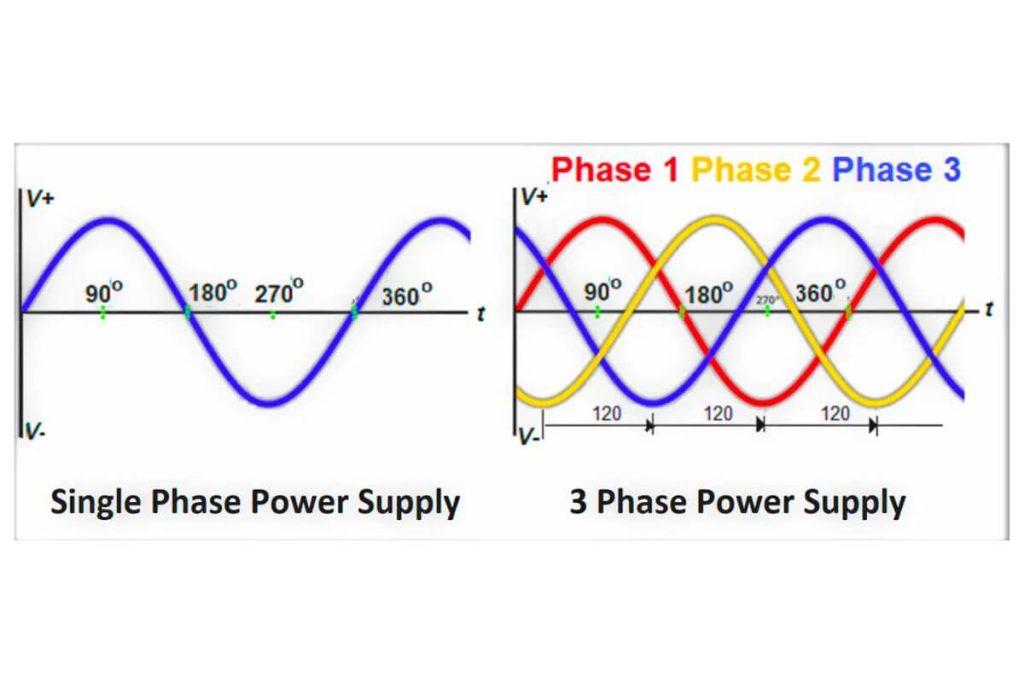Single-phase power is a type of electrical power distribution commonly used in residential and small commercial buildings in Australia. It refers to a system where electrical power is delivered through a single alternating current (AC) waveform. This system is characterized by its simplicity and cost-effectiveness, making it suitable for lower power applications.
In Australia, single-phase power is typically delivered at a voltage of 230V AC, with a frequency of 50Hz. The system consists of two wires: one active (live) wire and one neutral wire. The active wire carries the current to the load, while the neutral wire completes the circuit and returns the current to the power source.
Single-phase power is ideal for powering household appliances, lighting, and small equipment. It is also commonly used in smaller commercial settings where high power demands are not required. For larger applications, such as industrial machinery or large commercial buildings, three-phase power is generally preferred due to its ability to deliver higher power levels more efficiently.

In Australian homes, single-phase power is typically supplied through standard 10A or 15A outlets, and electricians must ensure that the wiring and circuit protection meet the requirements set out in the AS/NZS 3000 standard for safety and compliance.